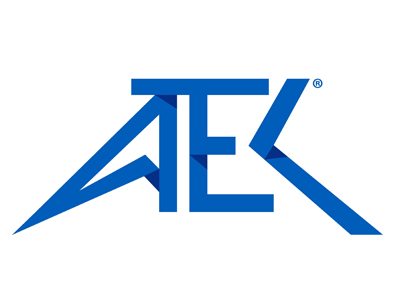Addressing the Challenges in Stack Optimisation
The hydrogen fuel cell sector is at a turning point, driven by technology-led solutions aimed at reducing costs and lowering environmental impacts. As adoption accelerates across multiple industries, manufacturers and suppliers are working to streamline operations and improve stack durability and efficiency. Balancing performance, longevity and cost-effectiveness requires an innovative approach, driving continued progress in fuel cell stack development.
Amid rising demand for sustainable energy solutions, stack optimisation is emerging as a key driver of hydrogen fuel cell efficiency. The industry is experiencing rapid adoption of technologies, particularly in fuel cell materials, bipolar plates and membrane electrode assemblies. These advances are supporting a shift away from conventional power sources, positioning hydrogen fuel cells as a practical solution for a range of applications, including mobility, industrial power and stationary energy systems.
The hydrogen fuel cell industry is navigating a pivotal stage of innovation, with ongoing research driving breakthroughs in stack design and operational efficiency. With a business outlook centred on technological progress, the sector is well positioned to increase productivity and foster further innovation. Hydrogen & Fuel Cells 2026 will highlight the latest developments in fuel cell stack optimisation, bringing together industry leaders, fuel cell technologists, automotive manufacturers and FCEV suppliers to explore the future of hydrogen mobility and power solutions.
As the industry advances, the focus remains on increasing power density, optimising cost structures and ensuring long-term reliability. The next generation of fuel cell stacks will be central to supporting the global energy transition, offering a sustainable and scalable solution for a cleaner future. Hydrogen & Fuel Cells 2026 will lead these discussions, providing a platform to explore groundbreaking innovations that will move the industry beyond current limitations.

























